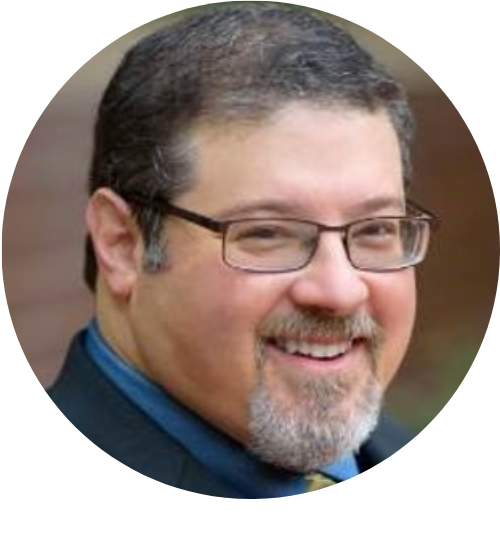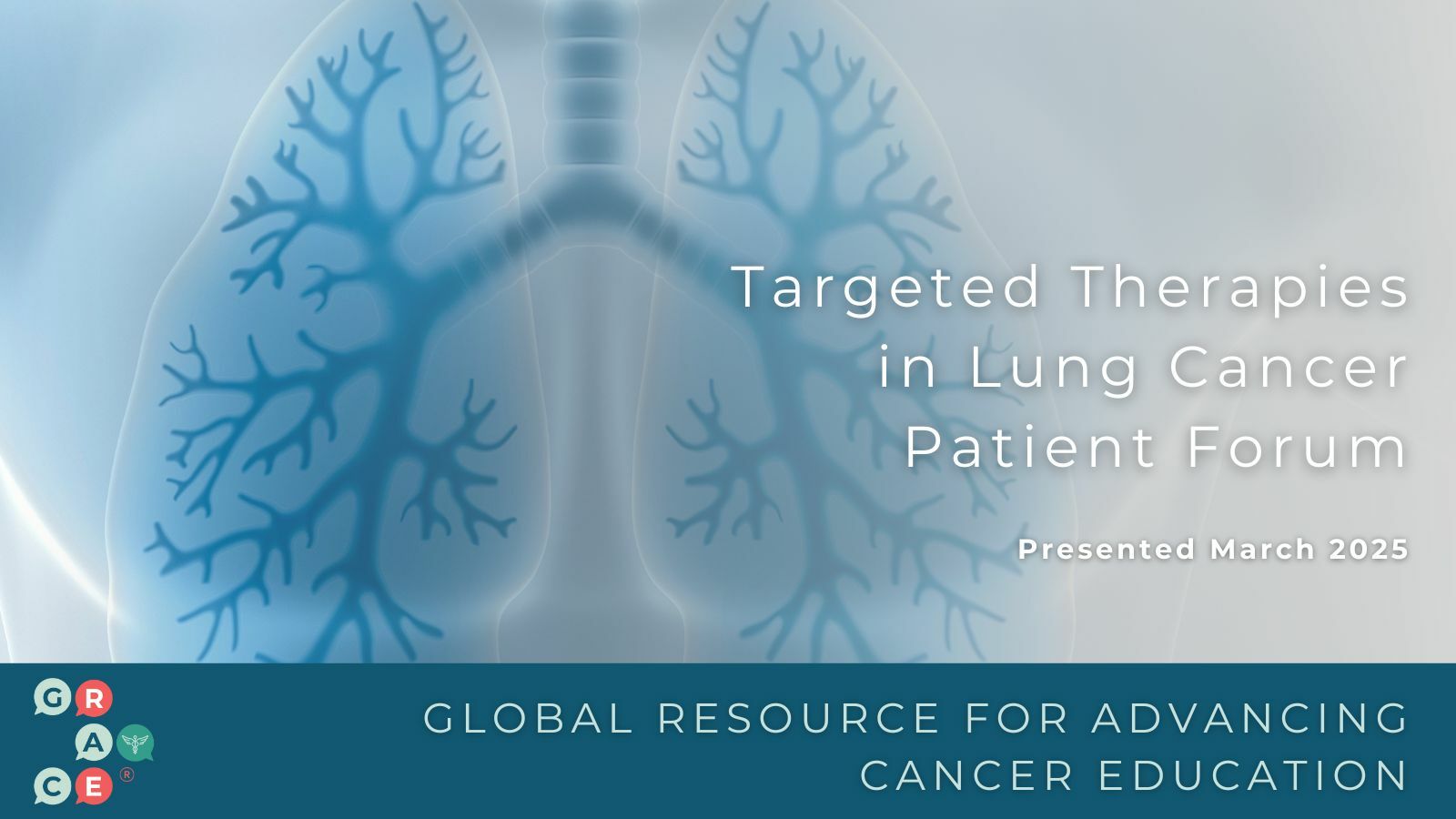Article and Video CATEGORIES
Dr. Pinder previously summarized the early story of the newly identified EML4-ALK mutation in NSCLC, which traces back only a couple of years. Amazingly, in that short time, treatments targeting this mutation have already been identified and administered to patients who are benefiting from these novel agents at this very moment. Still, one of the leading issues with this story of progress is that the EML4-ALK mutation appears to be present in less that 5 percent of the overall NSCLC population, so people may ask how valuable this discovery really is.
That really depends on a couple of factors. First, screening for an EML4-ALK mutation will be much more appealing and feasible if we have some hints of which pateints are more or less likely to have one of these mutations. Second, we need to have a treatment that helps the people we screen who have the ALK mutation.
A new paper in the Journal of Clinical Oncology by Dr. Alice Shaw and colleagues, mostly from Massachusetts General Hospital in Boston sheds light on the population enriched for the ALK mutation. This manuscript described the results of their genetic screening program for patients with two of the four clinical features: female, never-smoker or lights smoker (10 "pack-years" or less), Asian, and adenocarcinoma subtype. If this sounds familiar, of course it's because these are all features that are also common among patients with an EGFR mutation; one of the key questions, in fact, is whether both mutations may be present in the same patient.
Among the 141 patients they screened over approximately a year, they found an EGFR mutation in 31 patients (22%) and an EML4-ALK mutation in 19 (13%); importantly, there was no overlap between the two groups. While both of the groups with mutations were heavily enriched with never-smokers (~70-75%), the EGFR mutation patients were 3:1 women to men, while the EML4-ALK mutation group was nearly 60% men. And the ALK mutation patients skewed younger, with a median age of 52%, more than a decade younger than the EGFR mutation or "wild type" (neither mutation) groups. Nearly all of the patients in both mutation groups had tumors that were characterized as adenocarcinoma or adenocarcinoma twith bronchioloalveolar carcinoma (BAC) features.
While most of the early work up to now has come out of Asia, we now see evidence that in a North American, predominantly Caucasian patient population, both of these mutations are enriched by nearly identical demographic and histologic features, though the mutations aren't seen in the same patients. So while an EGFR mutation is only seen in at most 10% of the general NSCLC population and the ALK mutation in under 5%, if you concentrate on the higher probability population, you more than double that probability. In fact, the authors found that 1 in 3 never-smoker patients who didn't have an EGFR mutation has an EML4-ALK mutation (and providing another incentive to checking for the EGFR mutation in higher-probability patients, a point raised by Dr. Pinder in her last post about screening for the EGFR mutation). Suddenly, instead of working harder and trying to find a rare patient with the mutation we're looking for, we can work smarter and figuring our who to test beforehand, now with a much higher yield.
The second part of the potential payoff is predicated on there being a treatment worth giving. This remains an early story, but Dr. Shaw also recently presented results from the World Conference on Lung Cancer in San Francisco on their experience of treating patients with an identified EML4-ALK mutation with the ALK inhibitor PF-02341066. While only 29 patients had been treated long enough to be evaluated, the response rate of 59% and disease control rate (which includes stable disease) of 83% are very encouraging. The "waterfall plot" in which tumor shrinkage is reflected by bars extending downward from the horizontal line, and the length of the bar reflects the degree of change, clearly illustrates that the vast majority of patients who received PF-02341066 experienced tumor shrinkage:
(click on image to enlarge)
The numbers at the top of the image (visible only with enlarging the image by clicking on it) show that most of these patients have only been on this novel therapy for a matter of weeks to a few months: this story is still being written. The people I know who have treated patients with it tell me that you sometimes get an immediate "Doc, within two days I knew I was better" response, but also that, like the EGFR oral inhibitors, these responses often erode a few months later.
Still, it's clear that this treatment can be an important treatment for the minority of patients who have a cancer driven by this mechanism. And now, with the announcement of a partnership between Pfizer (the makers of PF-02341066) and Abbott to develop a more readily available test for the EML4-ALK mutation, we're moving toward having a test and a treatment available to people outside of just a few centers. I'm hopeful that this ongoing story will highlight what is possible for bringing an idea from the lab to the clinic to help real cancer patients within a time line that the cancer community can be proud of.
Please feel free to offer comments and raise questions in our
discussion forums.





